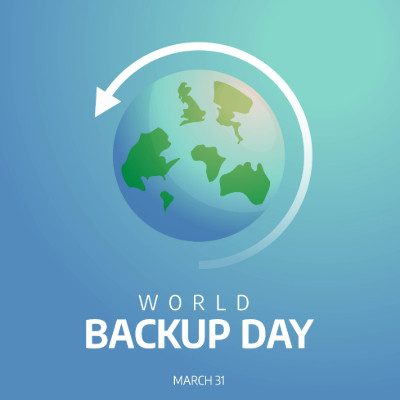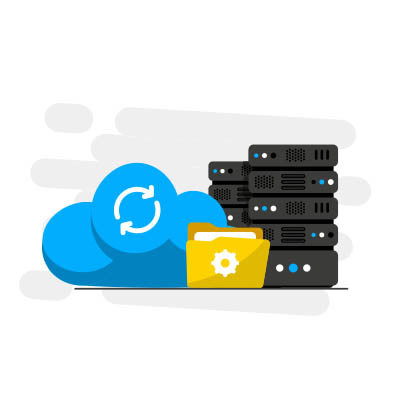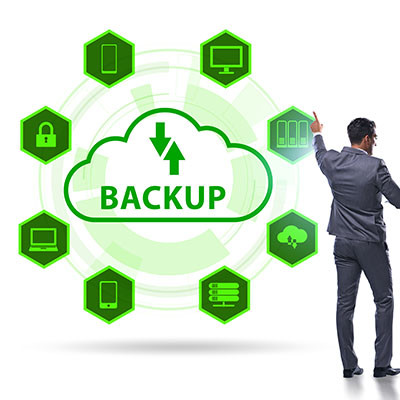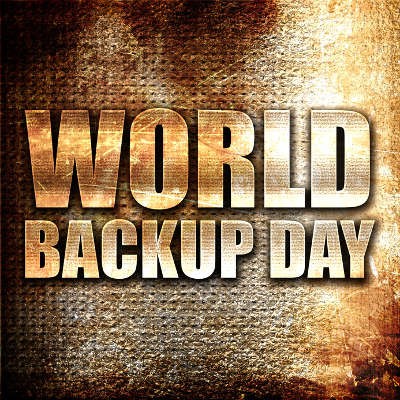Master Solutions Blog
As a managed service provider, we talk to a lot of small business owners. Most of them are busy juggling everything from sales to staffing and understandably, cybersecurity isn’t always at the top of the to-do list. Unfortunately, threats from outside your business aren’t going anywhere. In fact, they’re getting more sophisticated.
Your business runs on data. You keep customer information, invoices, project files, inventory and much more. If you were to lose it, you face a myriad of problems from hits to your reputation to major downtime. Today is World Backup Day, so we thought it would be good to highlight just how important having a feature-rich and reliable backup strategy is.
When a business uses the cloud for any reason, its cloud solutions and resources must be sufficiently reliable. Let’s examine what it is that makes the cloud reliable, and how to ensure you accomplish this essential baseline.
Your business needs to consider business continuity if it wants to outlast the competition, and to do so, you need a data backup plan. Let’s look at some steps you can take today to protect your small business from potentially disastrous situations.
Tape backup used to be the go-to backup solution for businesses, but it’s since lost its luster in favor of digital backup solutions. You might still find some uses for it, if you find a good enough excuse. Today, we want to examine why you might still use tape backup, even though a Backup and Disaster Recovery (BDR) solution far outshines it.
We cover data backup and disaster recovery quite a bit, and you might be familiar with some of the terms and strategies we discuss. Today, we’re taking a deeper dive into the 3-2-1 rule and its crucial role in your business’ disaster recovery plan. Let's explore how the 3-2-1 rule can strengthen or weaken your data infrastructure.
There is an almost comical laundry list of problems that all businesses should be prepared for, but what’s not funny whatsoever is what happens when you fail to do so. The term “BDR” is often used as an umbrella term to describe what kind of preparation your organization needs, and today, we want to dive into some of the details that you should know.
Gone are the days when businesses relied solely on manual tape backups conducted at specific intervals. Modern solutions like automated backup and disaster recovery (BDR) have made the traditional tape backup method obsolete.
In business, having a continuity strategy is extremely important. One term that you may come across when continuity plans come up is “failover”. Let’s define failover and discuss a few variables that need to be addressed regarding the issue.
Tape backup has been used for a long time, and it was once the most prominent solution for data backup out there. Nowadays, it’s not used much at all, mostly in favor of better and more convenient solutions. However, there has been a slight resurgence in tape backup, so we want to look at why some companies might still use it, despite its flaws.
Data and technology drive modern business, and as such, data backup and disaster recovery are crucial to the continued success of any organization. There is so much at risk that it would be counterproductive to ignore these unforeseen disasters. Disaster Recovery as a Service, or DRaaS, is an effective way to combat the omnipresent threat of data loss.
Technology is center-stage in today’s business world, and when all it takes is a disaster to end operations for many businesses, it suddenly becomes incredibly important to have contingency plans in place… you know, just in case. Let’s go over how you should build an effective disaster recovery plan, as well as how to assess your company’s needs.
Data Backup and Disaster Recovery are essential components of any modern business. As businesses become increasingly reliant on digital data, it's essential to have strategies in place to ensure that your data is safe and secure in the event of a disaster. In this blog post, we'll cover the key components of an effective Disaster Recovery strategy to ensure the safety of your business' data backup. Read on to learn more about Disaster Recovery strategies and how to best protect your business data.
Over one-third of businesses don’t have any means of backing up their data. This is a major problem, especially considering how many threats there are that can derail operations. For managed IT providers like us, this is painful, as it’s unfortunate to hear about data disasters that could easily be prevented. We’ll discuss some of the biggest reasons why your business needs data backup and disaster recovery.
It’s a nightmare situation for any business owner when all of their essential data suddenly disappears. Fortunately, there are measures that you can take to turn this nightmare into an inconvenience. However, you must also be certain that these measures are adequate to keep your data safe, despite the worst of circumstances.

















